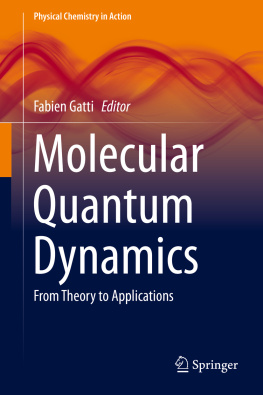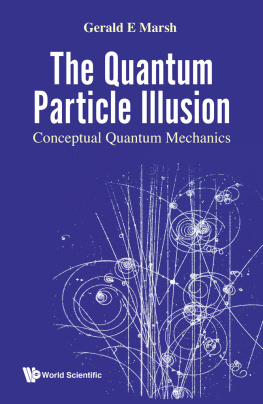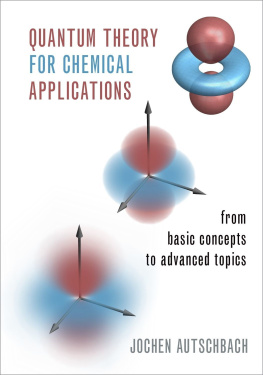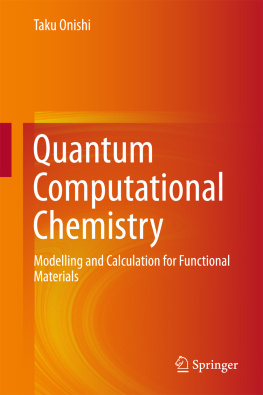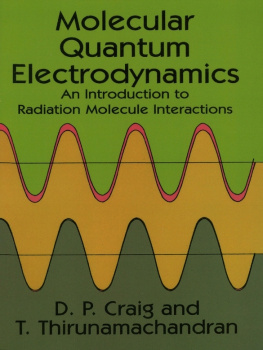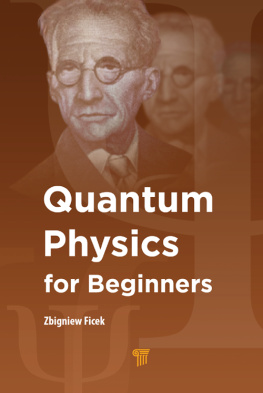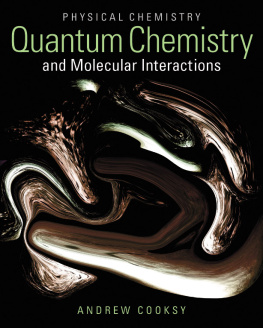1. Introduction and Conceptual Background
Molecular Quantum Dynamics, often called Quantum Dynamics, is the subfield of Theoretical Chemistry where both the electrons and the nuclei of a molecular system are treated with a quantum-mechanical approach. Molecular Quantum Dynamics can be seen as the encounter of Quantum Physics and Chemistry.
In general, the realm of quantum phenomena is not directly connected to chemistry but rather to physics, for instance atomic physics and quantum optics. These are domains that are now well understood and controlled, as recognized by the Nobel Prize in Physics 2012 awarded to Serge Haroche and David Jeffrey Wineland. Quantum mechanics deals with physical phenomena at the microscopic level, precisely where the action is of the order of magnitude of the Planck constant []. One of the most intriguing features of quantum mechanics is, as indicated by its name, the hypothesis of quantization. This notion implies that, under some particular conditions, physical observables measured experimentally can only take certain discrete values. These happen to be the eigenvalues of the operator associated with the physical observable. Another fundamental principle of quantum mechanics is the superposition principle, which holds that a quantum system can be in several eigenstates simultaneously. Formally, the corresponding wavefunction can be written as a linear superposition of several eigenfunctions of the operator corresponding to a given physical quantity. In particular, if the observable is the energy, such a linear combination will imply that the probability density, given by the square modulus of the normalized wavefunction at each point in space, will depend on time. The wavefunction is then referred to as a wavepacket, i.e., a coherent superposition of several eigenstates. When the physical quantity is measured, the wavepacket collapses. This results in the observation of only one of the possible eigenvalues. If there is no measurement, and if the system is isolated, the different components of the quantum superposition can interfere. This yields new properties that can be measured and that have no classical counterpart. This is illustrated by the famous Schrdinger cat that can be alive and dead simultaneously. In other words, the Schrdinger cat can be in a coherent superposition of both a dead state and an alive state. These two states can interfere to create new behaviors that cannot be observed for a cat that is either alive or dead. The Schrdinger cat can be seen as a paradox only because the cat is large-scale system and creating such a coherent superposition for a cat is not realistic. But for much smaller systems (photons, atoms, molecules, etc.) such coherent superpositions can be created. Perhaps the most surprising of the resulting effects is quantum entanglement, as predicted by Albert Einstein, Boris Podolsky, and Nathan Rosen in 1935, but seen at that time also as a paradox that was supposed to prove the inadequacy of quantum mechanics. After two particles have interacted, a measurement made on one of the particles can modify the quantum state of the second particle instantaneously, even if the distance between the two particles is large. However, in general, the system interacts with its environment, and a loss of coherence between the different quantum states occurs. This is what is called quantum decoherence. The quantum interference terms vanish locally, and the system is formally equivalent to a classical statistical mixture of states rather than a single coherent quantum superposition of them.
Such concepts are well known in physics, but chemistry is rarely interpreted within a full quantum-mechanical perspective. For instance, an elementary chemical process is generally not described as the evolution of a wavepacket. However, very early within the advent of quantum mechanics, quantization of the electronic states and the requirement of describing electrons with a delocalized wavefunction happened to be essential for many processes in chemistry, thus leading to the concepts of molecular orbitals, potential energy surfaces, and non-adiabatic couplings []. The latter describes the electron transfer process as a reaction where the system must undergo hops between two quantized electronic states. The hopping probability is estimated using an approximate analytical solution to the equations of motion governing the transition dynamics of a two-level quantum mechanical system (a Landau-Zener-type formula).
Consequently, electrons often are treated (at least partly) quantum-mechanically in theoretical chemistry except for very large systems (in the field of Molecular Mechanics). However, if the motion of the nuclei is added to the description of the system it is generally achieved through a classical treatment by solving Newtons equations, i.e., classically. This is the field known as Molecular Dynamics []. Quantum effects for the nuclei are thus often expected to be weak in chemistry or at least negligible with respect to the other parameters that determine the characteristics of a molecular process.
One noticeable exception is molecular spectroscopy, more specifically infrared spectroscopy, where, almost by definition, quantization of the vibrational states cannot be neglected since it concerns the measurement of the transitions between the quantized vibrational states [].
In particular, chemical reaction rates can be greatly enhanced by quantum tunneling, namely the fact that particles can tunnel through a barrier that they could not surmount classically. This arises especially if the chemical reaction involves light atoms with large de Broglie wavelengths, such as protons, hydrogen atoms, and hydride ions. Tunneling is observed sometimes experimentally for heavy atoms but almost only at low temperature [].
Another situation where quantum effects are essential occurs in the presence of strong vibronic couplings between several electronic states through the nuclear motion. The extreme case occurs around conical intersections, namely molecular geometries where two potential energy surfaces cross (the corresponding states are degenerate). These nonavoided crossings are called conical intersections because of the local shape of the two potential energy surfaces around the degeneracy point. In the vicinity of a conical intersection, the BornOppenheimer approximation breaks down, allowing non-adiabatic processes to take place. Conical intersections were predicted by John von Neumann and Eugene Wigner in 1929 and seem to be ubiquitous in polyatomic molecules []. In any case, the fact that photosynthetic systems can induce a long quantum coherence after excitation with laser pulses is a very important result on its own.
Another quantum effect is the so-called zero-point effect. The latter corresponds to the fact that a quantum molecular system has a zero-point energy greater than the minimum of its potential-energy well. It thus creates an effective uphill shift of the potential energy for a quantum particle along the minimum-energy path when compared to a classical particle [].

